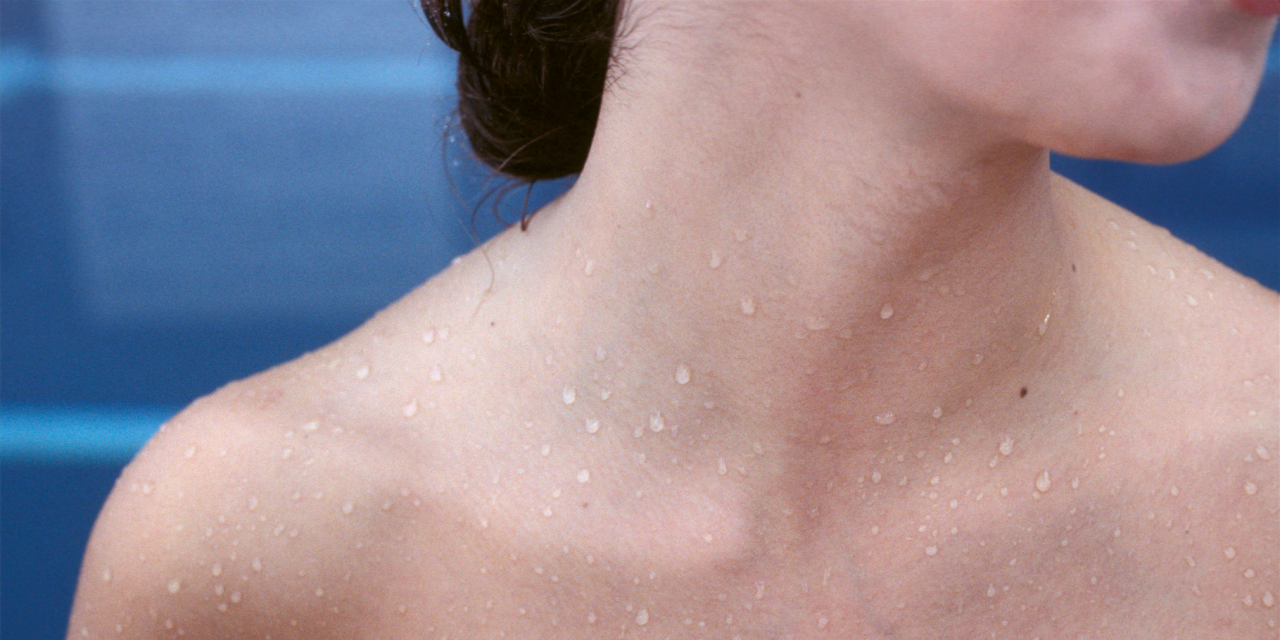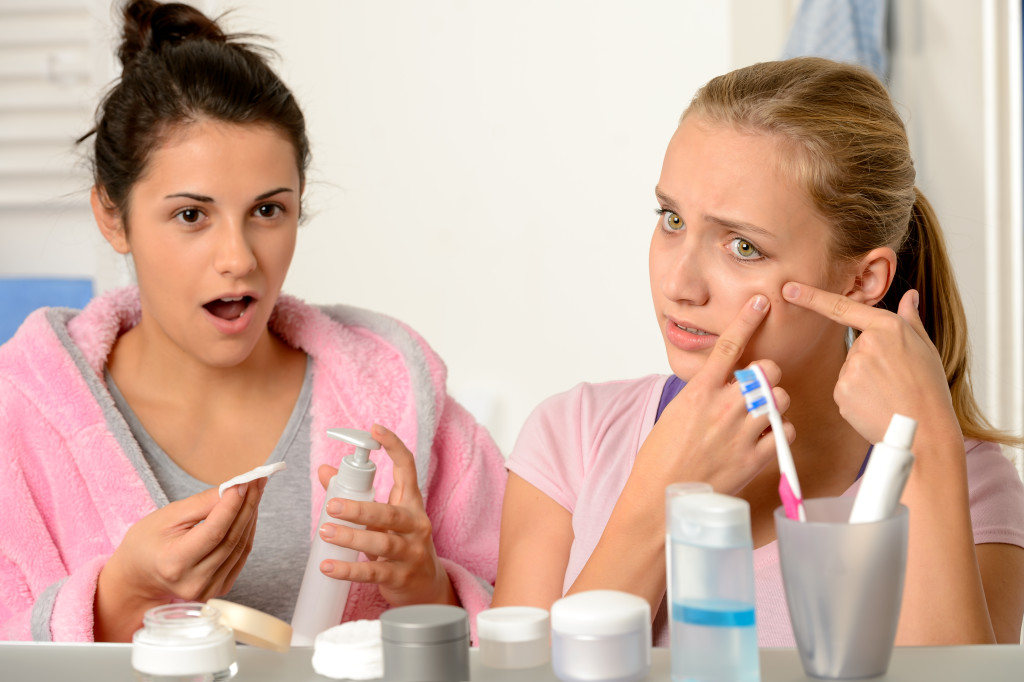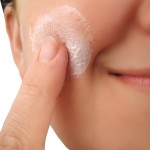How to get rid of chest acne
Chest acne is a medical condition that affects the epidermal layer of the skin resulting in painful; and pus-filled pimples that leave behind uneven crater like deformities when they are burst or removed. chest acnes is usually the result of oily skin or a high stress lifestyle exposed to dust, smoke and other harmful particulate matter present in everyday urban polluted air. chest acne can be painful, embarrassing and may often badly hit your self esteem and may cause much physical pain. However even after the initial bout of the chest acne cures, it may leave behind scars and deformities that may continue to haunt you. While these scars cannot be made to disappear overnight they can certainly be mitigated and their impact and prominence diminished and reduced beyond recognition and discernment. The following are a couple of helpful suggestions that can help you deal successfully with the scars left over from an onset of chest acne. Be sure to pass on any tips that you find effective to your friends, family and close relatives who may be suffering from chest acne and its aftermath scars themselves.
- Honey as an anti-acne agent
Honey is generally considered as a strong nourishing agent for the skin and as an anti-septic and anti-bacterial cleansing agent. Applying honey on the facial skin affected by chest acne can help to clear up the chest acne pimples and the marks that chest acne leaves behind. Honey contains extremely potent anti-bacterial properties that soothes the skin and helps to reduce inflammation. The most effective varieties of honey are usually row honey or manuka honey.
- Benefits from using lemon juice
Lemon juice is an extremely common and effective solution to the scars left behind from an onset of chest acne. Lemon juice has also the property of being easily available and not having any particularly strong odour that makes it all the more attractive. Lemon juice also contains natural skin bleaching properties that help to lighten the contrast between the scars of the chest acne and the surrounding skin, thus making the scars less obvious or discernible. Lemon juice may be applied directly and later washed off, or a lemon paste may be used as a mask that is left on overnight and is then washed off. When using lemon juice care must be taken to ensure that the skin is moisturised immediately after the lemon extract is washed off as the citric acid present in the lemon may cause the skin to dry up and to lose its water content which is naturally required for the nutrition and the nourishment of the skin particularly the facial skin.
- Baking soda can help in cleansing
Baking soda is commonly used as an effective exfoliating agent that helps to remove the hair growing out of the skin and to minimize the contrast and the severity of the chest acne scars. Baking soda can be rubbed into a paste and may be applied to the face. This paste must be left on for about two minutes after which it may be wiped off.









